Welcome back to the Music Library! We hope that you are enjoying your summer break. This month as renovations at the library continue, we are experimenting more with our display. If you missed it, in June we did an entirely virtual display for Indigenous Peoples Month. For July, we are going to be working with the Faculty Publications display (pictured below). This features recent publications from the Faculty of Music. There is so much amazing work being done in the faculty that we want to share with you.
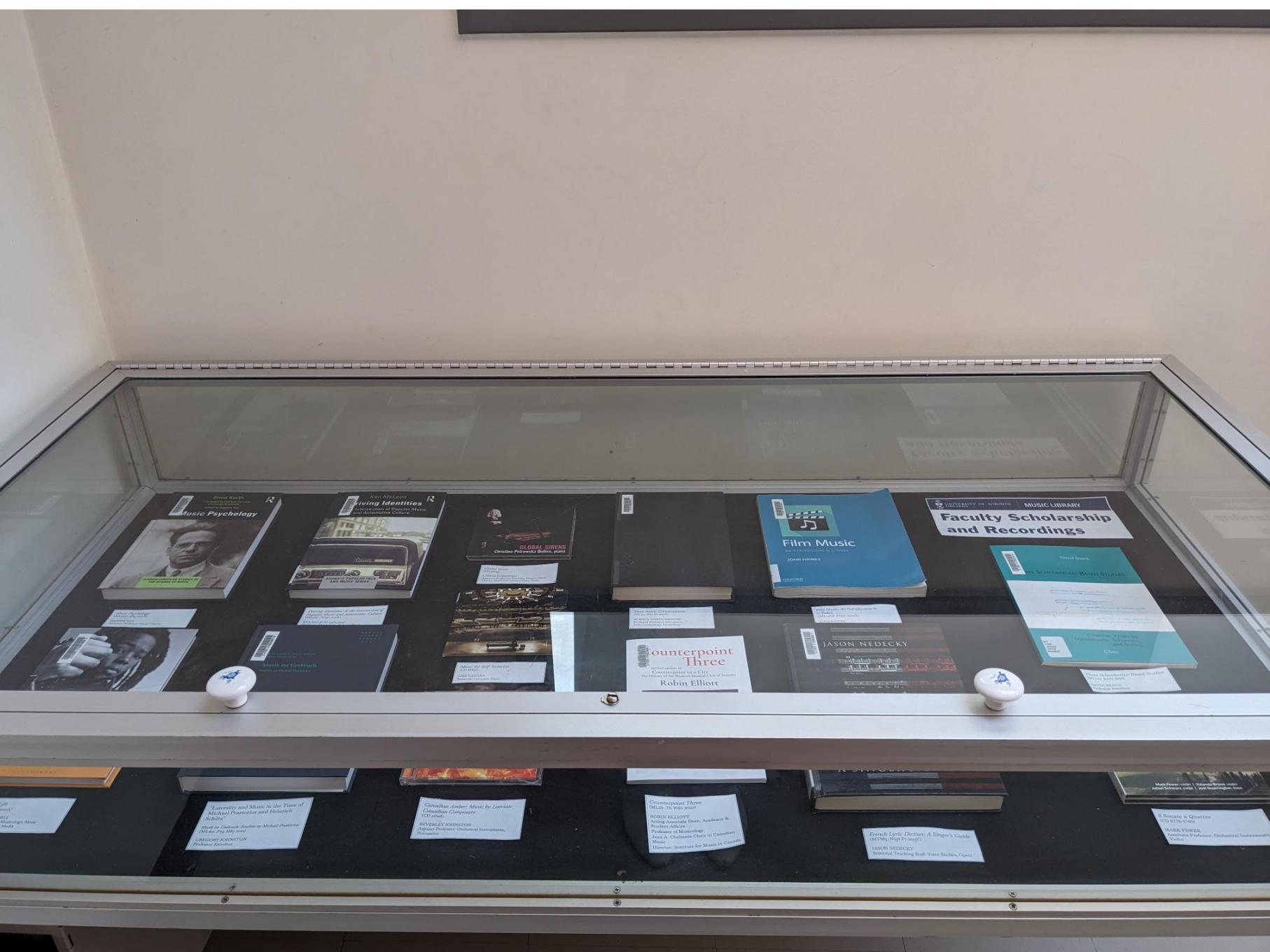
The online format allows us to include more journal articles than we normally would be able to in a physical exhibit, which gives us the opportunity to share more of the work from the Faculty of Music community. In the blog post, you can find collaborative works across institutions, interesting and novel approaches, and unique perspectives. If you know of a publication that we missed, please let us know. We would love to continue to evolve this blogpost and the display.
Music and health
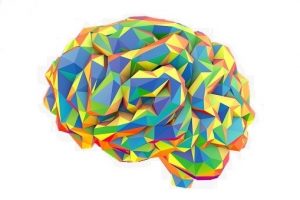 The first area we will be exploring is music and health. Music and health is a burgeoning area of study within the Faculty of Music in part because of the Music and Health Science Research Collaboratory (MaHRC).
The first area we will be exploring is music and health. Music and health is a burgeoning area of study within the Faculty of Music in part because of the Music and Health Science Research Collaboratory (MaHRC).
"'Follow the Musical Road': Selecting Appropriate Music Experiences for People with Dementia Living in the Community" by Lisa Kelly, Amy Clements-Cortés, Bill Ahessy, Ita Richardson, and Hilary Moss differentiates the varied music experiences for people with dementia to determine what aspects of care might be best in different situations. Clements-Cortés' "Music Therapy Assessment for Older Adults: Descriptive Mixed-Methods Study" examines a new research tool introduced in North America with a high success rate. "International Music Therapists’ Perceptions and Experiences in Telehealth Music Therapy Provision" by Clements-Cortés, Marija Pranjić, David Knott, Melissa Mercadal-Brotons, Allison Fuller, Lisa Kelly, Indra Selvarajah, and Rebecca Vaudreuil similarly interviews music therapists for their perspectives on telehealth music therapy in their practice. "Fostering Pre-Professionals and Learning Experiences in End-of-Life Care Contexts: Music Therapy Internship Supervision" by Clements-Cortés and Sara Klinck encourages new approaches to music therapy supervision in palliative care.
"Auditory feedback decreases timing variability for discontinuous and continuous motor tasks in autistic adults" by Nicole Richard Williams, Luc Tremblay, Corene Hurt-Thaut, Jessica Brian, Julia Kowaleski, Kathrin Mertel, Sebastian Shlüter, and Michael Thaut suggests that music-based therapies may support motor dysfunction for autistic individuals. "Factors Influencing Music Therapists' Retention of Clinical Hours with Autistic Clients over Telehealth during the COVID-19 Pandemic" by Nicole Richard Williams, Corene Hut-Thaut, and Michael . Thaut further looks at telehealth specifically for autistic clients. They continued this research, joined by Jessica Brian Luc Tremblay, Marija Pranjić, Jessica Teich, Melissa Tan, and Julia Kowaleski in a pilot study "Improved motor skills in autistic children after three weeks of neurologic music therapy via telehealth."
A final article for this section is "An explanatory sequential pilot inquiry on music therapy and performance anxiety in university music education majors" by Amy Clements-Cortés, Hope Pascoe, Marija Pranjić, and Feihong Nan, which investigates how music therapy can alleviate performance anxiety for those in postsecondary music programs for education.
Music and diverse identities
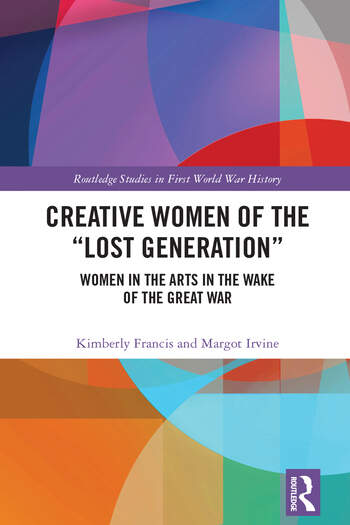 The next area of research relates to music and diverse identities. Some of these stories are told through individuals. For example, in "Ginger Smock: Narratives of Perpetual Discovery, Jazz Historiography, and the 'Swinging Lady of the Violin,'" Laura Risk details the life of Ginger Smock, and African American violinist, through an intersectional lens. "Madame Stichel: A Trailblazing Ballet Choreographer Before and After World War I" by Sarah Gutsche-Miller in Creative Women of the “Lost Generation” similarly follows the life of Madame Stitchel, a forgotten but important French ballet choreographer.
The next area of research relates to music and diverse identities. Some of these stories are told through individuals. For example, in "Ginger Smock: Narratives of Perpetual Discovery, Jazz Historiography, and the 'Swinging Lady of the Violin,'" Laura Risk details the life of Ginger Smock, and African American violinist, through an intersectional lens. "Madame Stichel: A Trailblazing Ballet Choreographer Before and After World War I" by Sarah Gutsche-Miller in Creative Women of the “Lost Generation” similarly follows the life of Madame Stitchel, a forgotten but important French ballet choreographer.
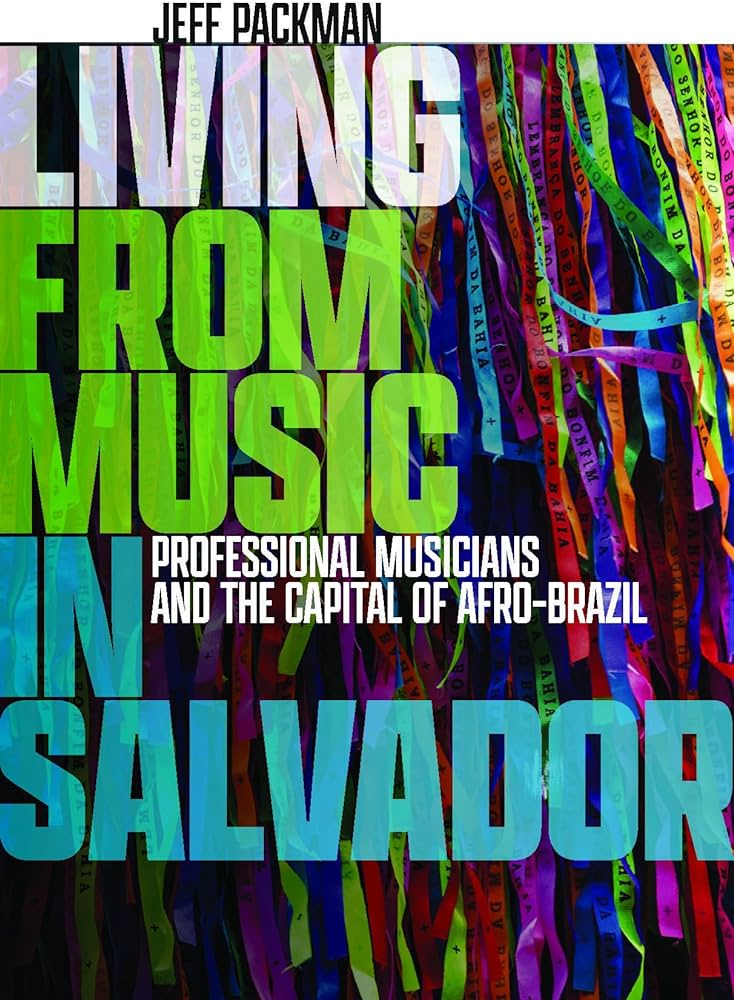 Other work features time periods and places. Quietude: A Musical Anthropology of "Korea's Hiroshima" by Joshua D. Pilzer is an ethnography of Korean experiences of Hiroshima and the impacts it has had. Living from music in Salvador: professional musicians and the capital of Afro-Brazil by Jeff Packman explores musical labour in Brazil as it relates to race and class. Still others detail contemporary identities, like the chapter "(To) Queer: 'A' Life to Music" by Elizabeth Gould in The Oxford Handbook of Music and Queerness.
Other work features time periods and places. Quietude: A Musical Anthropology of "Korea's Hiroshima" by Joshua D. Pilzer is an ethnography of Korean experiences of Hiroshima and the impacts it has had. Living from music in Salvador: professional musicians and the capital of Afro-Brazil by Jeff Packman explores musical labour in Brazil as it relates to race and class. Still others detail contemporary identities, like the chapter "(To) Queer: 'A' Life to Music" by Elizabeth Gould in The Oxford Handbook of Music and Queerness.
Music and education
 The next area we will be featuring is music and education. You can explore this in "Please unmute your microphone: Comparing the effectiveness of remote versus in-person percussion training" by Tristan Loria, Ben Duinker, Timothy Roth, Aiyun Huang, and Michael H. Thaut, which suggests that remote training has similar results to in-person training and may offer opportunities for reduced barriers to music education. "Facilitating Popular Music Ensembles in the Music Classroom" by Darren Hamilton encourages the introduction of popular music in the classroom, to disrupt traditional practices that emphasize Western classical music (which can exclude many students and types of learning).
The next area we will be featuring is music and education. You can explore this in "Please unmute your microphone: Comparing the effectiveness of remote versus in-person percussion training" by Tristan Loria, Ben Duinker, Timothy Roth, Aiyun Huang, and Michael H. Thaut, which suggests that remote training has similar results to in-person training and may offer opportunities for reduced barriers to music education. "Facilitating Popular Music Ensembles in the Music Classroom" by Darren Hamilton encourages the introduction of popular music in the classroom, to disrupt traditional practices that emphasize Western classical music (which can exclude many students and types of learning).
"Unmuted: The racial politics of silent classrooms" by Anita Gonzalez Ben questions the assumption that silence in classrooms is best, and roots this assumption in white, middle-class ways of being in the world. Traumas Resisted And (Re)Engaged: Inquiring into Lost and Found Narratives in Music Education are the conference proceedings from the 7th International Conference on Narrative Inquiry in Music Education (NIME7), which was co-hosted by Brock University and the University of Toronto in October 2020. The book, edited by Dr. Niknafs from the Faculty of Music, details experiences of trauma within the field of music education. Content warning: discussions of personal trauma, please engage with this mindfully and take care.
Theory and experience
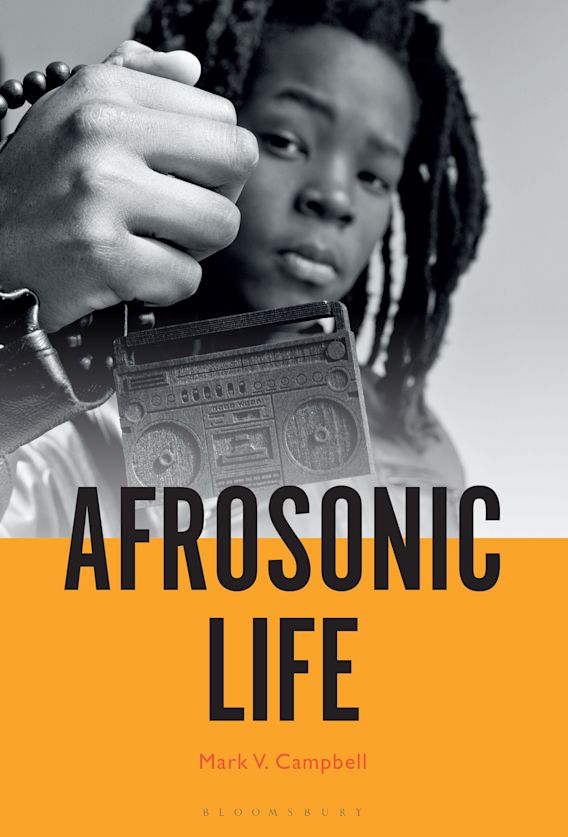 Our final area we’re exploring is theory and experience. "'All possible sounds': speech, music, and the emergence of machine listening" by James E.K. Parker and Sean Dockray recounts the history of ‘machine learning’ and what its implications are for the future. Afrosonic Life by Mark V. Campbell details musical practices of Black life and its relationship to diaspora and colonization. Counterpoint three: a second update to Counterpoint to a city: the history of the Women's Musical Club of Toronto is the third installment of Robin Elliott’s work which follows the Women’s Musical Club of Toronto. This work specifically details the recent years of the club during and post-pandemic. "An Analytical Dataset of Approaches to V in Mozart" by Jenine Brown, Daphne Tan, and Michelle Lin analyzes Mozart’s piano sonatas to determine what chord progressions to the dominant (V) chord are, and whether they must follow traditional I-IV-V (tonic, pre-dominant, and dominant) progressions.
Our final area we’re exploring is theory and experience. "'All possible sounds': speech, music, and the emergence of machine listening" by James E.K. Parker and Sean Dockray recounts the history of ‘machine learning’ and what its implications are for the future. Afrosonic Life by Mark V. Campbell details musical practices of Black life and its relationship to diaspora and colonization. Counterpoint three: a second update to Counterpoint to a city: the history of the Women's Musical Club of Toronto is the third installment of Robin Elliott’s work which follows the Women’s Musical Club of Toronto. This work specifically details the recent years of the club during and post-pandemic. "An Analytical Dataset of Approaches to V in Mozart" by Jenine Brown, Daphne Tan, and Michelle Lin analyzes Mozart’s piano sonatas to determine what chord progressions to the dominant (V) chord are, and whether they must follow traditional I-IV-V (tonic, pre-dominant, and dominant) progressions.
Lastly, we are highlighting a recent paper from the Music Library. "Assessing the Music Score Collection at the University of Toronto" details a research project from 2022 that will have a follow-up in fall 2024 – make sure you keep an eye on our page if you’d like to have your voice heard!